Refine search
Actions for selected content:
1945 results in Engineering mathematics and programming
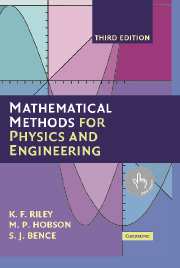
Mathematical Methods for Physics and Engineering
- A Comprehensive Guide
-
- Published online:
- 05 June 2012
- Print publication:
- 13 March 2006
-
- Textbook
- Export citation
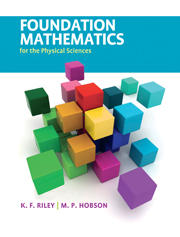
Foundation Mathematics for the Physical Sciences
-
- Published online:
- 05 June 2012
- Print publication:
- 31 March 2011
-
- Textbook
- Export citation
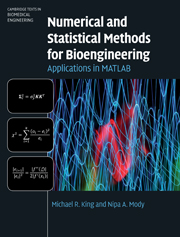
Numerical and Statistical Methods for Bioengineering
- Applications in MATLAB
-
- Published online:
- 05 June 2012
- Print publication:
- 04 November 2010
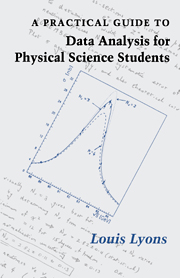
A Practical Guide to Data Analysis for Physical Science Students
-
- Published online:
- 05 June 2012
- Print publication:
- 29 November 1991
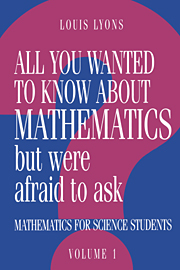
All You Wanted to Know about Mathematics but Were Afraid to Ask
- Mathematics Applied to Science
-
- Published online:
- 05 June 2012
- Print publication:
- 05 October 1995
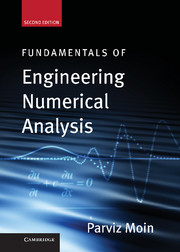
Fundamentals of Engineering Numerical Analysis
-
- Published online:
- 05 June 2012
- Print publication:
- 23 August 2010
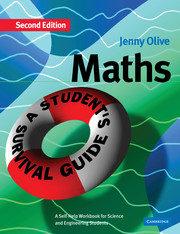
Maths: A Student's Survival Guide
- A Self-Help Workbook for Science and Engineering Students
-
- Published online:
- 05 June 2012
- Print publication:
- 18 September 2003
-
- Textbook
- Export citation
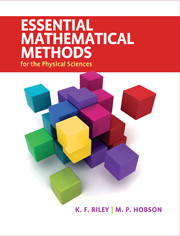
Essential Mathematical Methods for the Physical Sciences
-
- Published online:
- 05 June 2012
- Print publication:
- 17 February 2011
-
- Textbook
- Export citation
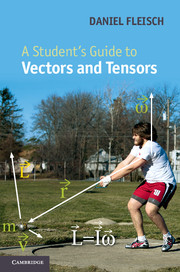
A Student's Guide to Vectors and Tensors
-
- Published online:
- 05 June 2012
- Print publication:
- 22 September 2011
-
- Textbook
- Export citation
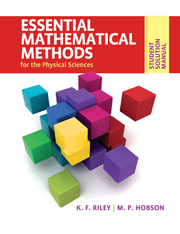
Student Solution Manual for Essential Mathematical Methods for the Physical Sciences
-
- Published online:
- 05 June 2012
- Print publication:
- 17 February 2011
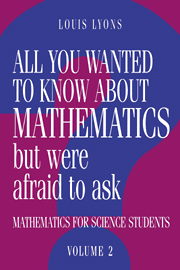
All You Wanted to Know about Mathematics but Were Afraid to Ask
- Mathematics for Science Students
-
- Published online:
- 05 June 2012
- Print publication:
- 30 April 1998

Advanced Mathematics for Applications
-
- Published online:
- 05 June 2012
- Print publication:
- 06 January 2011

Mathematical Methods for Physics and Engineering
- A Comprehensive Guide
-
- Published online:
- 05 June 2012
- Print publication:
- 15 August 2002
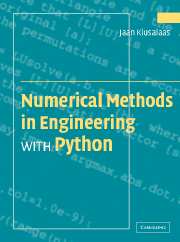
Numerical Methods in Engineering with Python
-
- Published online:
- 05 June 2012
- Print publication:
- 25 July 2005

Numerical Methods in Engineering with MATLAB®
-
- Published online:
- 05 June 2012
- Print publication:
- 30 September 2009
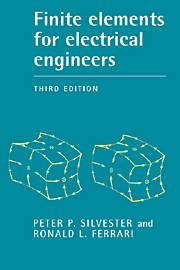
Finite Elements for Electrical Engineers
-
- Published online:
- 05 June 2012
- Print publication:
- 05 September 1996
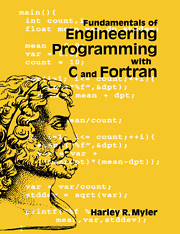
Fundamentals of Engineering Programming with C and Fortran
-
- Published online:
- 05 June 2012
- Print publication:
- 28 June 1998
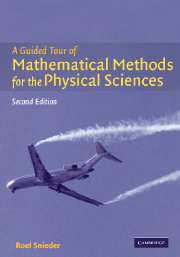
A Guided Tour of Mathematical Methods
- For the Physical Sciences
-
- Published online:
- 05 June 2012
- Print publication:
- 23 September 2004
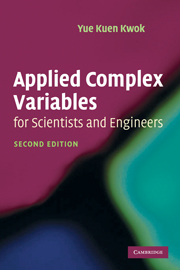
Applied Complex Variables for Scientists and Engineers
-
- Published online:
- 05 June 2012
- Print publication:
- 24 June 2010
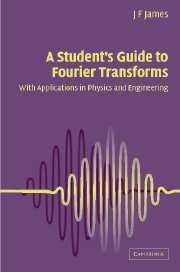
A Student's Guide to Fourier Transforms
- With Applications in Physics and Engineering
-
- Published online:
- 05 June 2012
- Print publication:
- 19 September 2002
